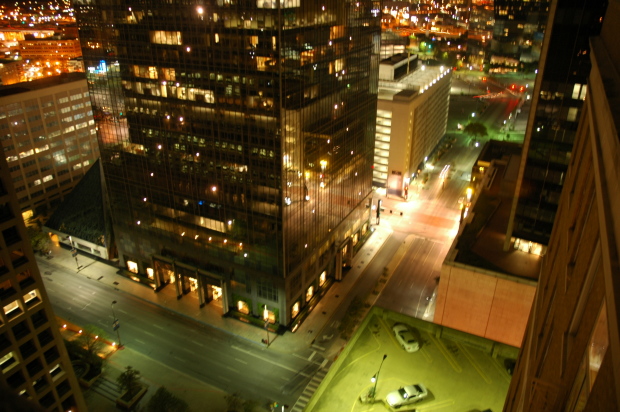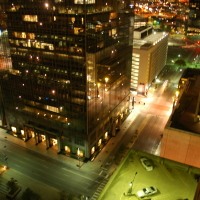The advancements in technology have led to the design and development of highly sophisticated digital cameras. Even small ‘point and shoot’ cameras are handy in capturing highly sophisticated photos which was only possible through the use of SLR cameras in the past. Obviously, the technology gives you an edge.
However, you should have the required minimum skill to capture bright and stunning visuals even in low light conditions (especially during night times and when the ambience is poorly illuminated).
Let us go through some useful tips to make your photographic journey more enjoyable as you capture high quality photos in low light conditions.

Turn Off the Flash
In order to capture the depth of photos, you should turn off the flash. When you enable the flash, the depth of the image will be compressed and you cannot enjoy the complete beauty of the image.
Another factor is that ‘flash’ will distract the person whom you are capturing through your camera. As you turn off the flash, you should increase the exposure level by which you will allow your camera to collect all the details of the image.
Hence, even though you will turn off the flash, the lens will collect light from the ambience and you will be able to catch the most optimum image.
Arrest the Physical Movement
It is very much desirable to control the shaking of your hands when you click on the snap button. The shaking of your hands will have an impact on the image as it is reflected in the form of ‘blurs’.
To overcome this difficulty, you can use tripods. As you fix your camera on tripods, you can capture high quality snaps with clarity. You can also utilize the timer functionality to take absolutely still pictures.
The only probability for blur then, is the movement of subjects which you are capturing. If you can manage still postures, you can obtain crystal clear images without any distortion.
You should not forget to change other camera settings like wide apertures, low ISO levels and high shutter speeds.
Aperture & ISO
When you capture images during night times and in low light conditions, you should utilize the widest aperture settings. You should select manual shooting mode in order to fix the aperture to the maximum level.
You can take advantage of the widest aperture available on your digital camera which will be f2.8 (for most lenses). This will ensure that you will allow light on the lens to the maximum possible extent. Light sensitivity of your camera lens will also be decided by selecting the appropriate ISO settings.
As you select a high ISO number, you will increase the light sensitivity of camera lens. This will create noise in the photos. Hence, you should select moderate ISO levels to get accurate photos.
Ideally, the photo quality will be high when ISO levels are selected below 100. By selecting low ISO levels, you will let more light onto the lenses.
Shutter Speed
As you have decided to allow wide exposure on lenses without using flash gun, you should decrease the shutter speed. By decreasing the shutter speed, you will let the lenses capture important characteristics of the image.
Shutter speed selection differs from one camera to another camera. Some cameras allow you to adjust the shutter speed to the maximum number of seconds. The other kind of cameras will allow you to have control to as many seconds as you want. There are certain set of cameras where upon selection of night scene mode, it will disable the flash function automatically and enable the maximum shutter speed.
Conclusion
In order to capture effective snaps, you should be able to have proper understanding about the features and capabilities of the camera in your hands.
You should study the ambience (light, indoor/outdoor, night time) and the subject (whom you are capturing).
Above all, by adding your creativity and precise timing, you can take excellent visuals that will certainly draw the attention of the picture lovers.
Image credit: donovanhouse.
